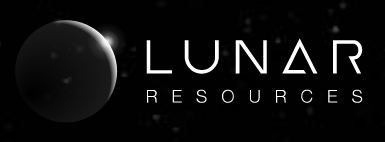Part 7 of 12 Parts
Sixteen research projects drawn from NASA, the space industry and academia will receive grants from the NASA Innovative Advanced Concepts (NIAC) program in order to study the feasibility of their concepts. Here are more of the projects:
11. FarView - An In Situ Manufactured Lunar Far Side Radio Observator
Ronald Polidan
Lunar Resources, Inc.
Lunar Resources, Inc. (LR) intends to use the NASA NAIC grant to perform an end-to-end system-level study on how to construct a very large low frequency (5 to 40 Megaherz) radio observatory they call “FarView” on the side of the Moon that always faces away from the Earth, otherwise known as the far side of the Moon. They will use lunar regolith as the material for the construction. FarView will be a sparse array of about one hundred thousand dipole antennas that will cover as a twelve mile by twelve-mile area. The innovative technology elements enabling FarView will be for the near exclusive use of in situ resource utilization (ISRU) and on-site manufacturing of almost all of the system elements for the radio array. This includes power generation and energy storage systems. (In situ resource utilization is a term that refers to the production of consumables for autonomous or human activities from raw materials found in situ on the Moon or other planetary bodies.)
FarView science is focused on a highly detailed study of the unexplored Cosmic Dark Ages using the highly redshifted hydrogen twenty-centimeter line and identifying the conditions and processes under which the first stars, galaxies and accreting black holes formed. (The Cosmic Dark Ages refers to a period that extended from about four hundred thousand years after the Big Bang to about few hundred million years later. There was no light being generated by any astronomical phenomena during that time.) Currently, there is no equivalent observatory.
This radio telescope will the first such telescope with respect to this scale and degree of sensitivity. It will open a new low frequency radio window into the early universe. These measurements cannot be made from Earth because of Earth generated radio noise and the ionosphere. FarView will have the ability to evolve. It will be sustained using in-situ manufacturing techniques and occasional systems upgrades from Earth. It will be less expensive and longer lived than a complete antenna array launched from Earth.
The project includes the development of lunar surface infrastructure such as power systems, energy storage systems, in-space manufacturing assets, and space mining assets. This will enable future lunar surface scientific and commercial missions. Extraction and refinement of oxygen and metallic elements from lunar regolith processing activities will be used for future lunar outposts and other in-space manufacturing and human spaceflight activities on the lunar surface and in-space.
With the NASA Artemis Program to return men to the Moon underway, this study will provide a timely assessment of the value and needs of this important observatory and develop technologies to allow a sustained lunar presence.
